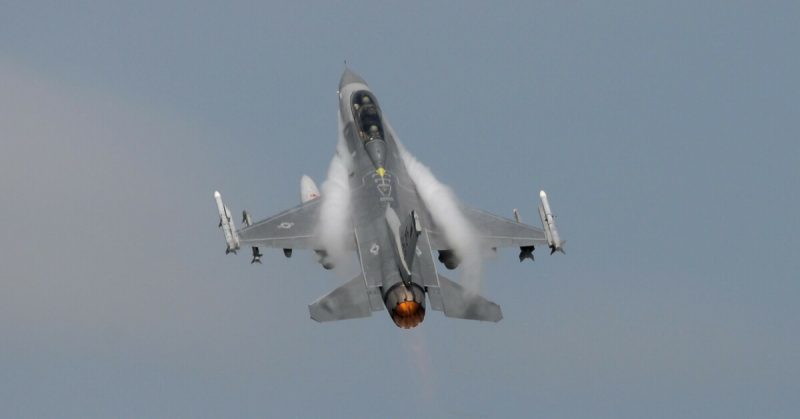The General Dynamics F-16 Fighting Falcon was built for dogfights in the air. Besides its impressive weaponry, its single engine allows it to travel faster than the speed of sound – which one pilot learned to weaponize.
On March 19, 2003, the US launched Operation Iraqi Freedom – supposedly to stop Saddam Hussein from developing weapons of mass destruction and ending his alleged support of terrorism. The following day, the US and its allies (Britain, Australia, and Poland) invaded Iraq.
On March 30, Lieutenant Colonel Edward Lynch entered history. Lynch had already flown thrice over Iraq in search of Scud missiles that never came his way. That evening, he was with another F-16, wondering if he’d ever see any a when the answer came in the form of a distress call.
It came from further north. A team of 52 British special operations soldiers were surrounded by about 500 Iraqi soldiers who were very unhappy about the invasion of their country.
The man speaking to Lynch was in full-blown panic mode. Unless Lynch and his companion bombed the Iraqis, the British were goners. The Americans reached them ten minutes later, but there was a problem.
The moon was dark and the sky overcast. Though both pilots had night vision goggles, it wasn’t enough to pick out friend from foe. If they launched their bombs, they could take out both the besieged British and the besieging Iraqis. And time was running out for the former.
So Lynch did the only thing he could. F-16s produce sound waves as they fly. If they fly fast enough, those sound waves become compacted, but if they break the sound barrier, those waves create a sonic boom.
Lynch zoomed above the cloud cover, then dived at the speed of sound. At 3,000 feet, he pulled up – pummeling the ground with a massive boom. But now Lynch was in trouble. An Iraqi missile had locked on him. So he pulled up… and the missile overshot him.
Back at base, he learned that his maneuver had worked. The Iraqis had scattered from the boom, thinking it was a missile attack. And the Brits? They got away.
